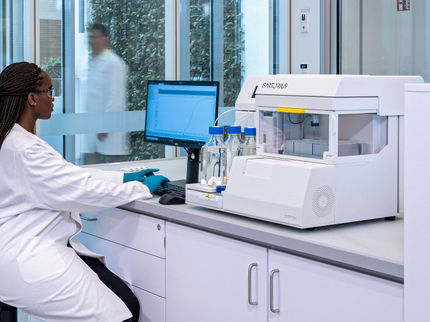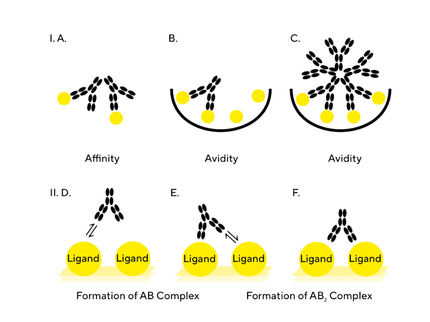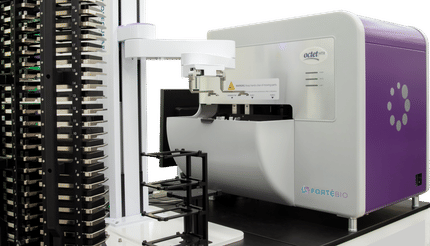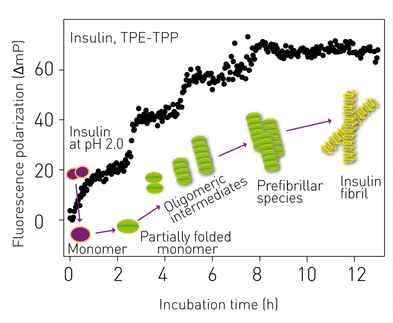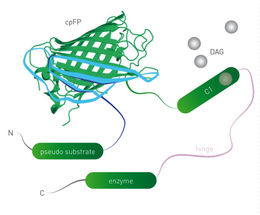
BMG Labtech
Simultaneous Detection of GPCR Second Messengers in Living Cells
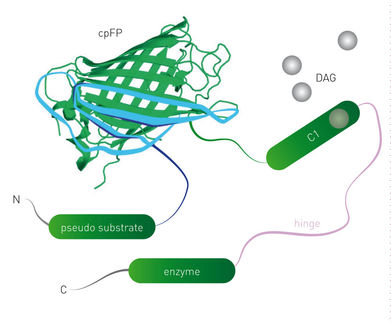
Due to their role in signal transmission from the outside to the inside of a cell, G-protein coupled receptors are prominent drug targets. Signaling from a stimulated Gq-coupled receptor activates Phospholipase C (PLC) and results in production of the second messengers PIP2, DAG and finally in the release of Ca2+.
Montana Molecular developed genetically encoded biosensors that decrease (downward) or increase (upward) fluorescence in presence of the specific Gq associated second messengers. They are available in red and green to enable multiplexing.
The sensors were expressed in HEK293 cells and the acetylcholine receptor was activated by Carbachol. Generation of DAG, PIP2 and Ca2+ was reliably reported by the biosensors and the CLARIOstar® proved a suitable detector: filter-based and monochromator-based measurements were sensitive and fast enough to detect changes of up to two second messengers upon carbachol injection in one well, necessary for unambiguous identification of Gq signaling.
Advertisement
White Paper classification
White papers on related topics
Products on related topics
Manufacturers of similar products
See the theme worlds for related content
Topic World Cell Analysis
Cell analyse advanced method allows us to explore and understand cells in their many facets. From single cell analysis to flow cytometry and imaging technology, cell analysis provides us with valuable insights into the structure, function and interaction of cells. Whether in medicine, biological research or pharmacology, cell analysis is revolutionizing our understanding of disease, development and treatment options.

Topic World Cell Analysis
Cell analyse advanced method allows us to explore and understand cells in their many facets. From single cell analysis to flow cytometry and imaging technology, cell analysis provides us with valuable insights into the structure, function and interaction of cells. Whether in medicine, biological research or pharmacology, cell analysis is revolutionizing our understanding of disease, development and treatment options.




